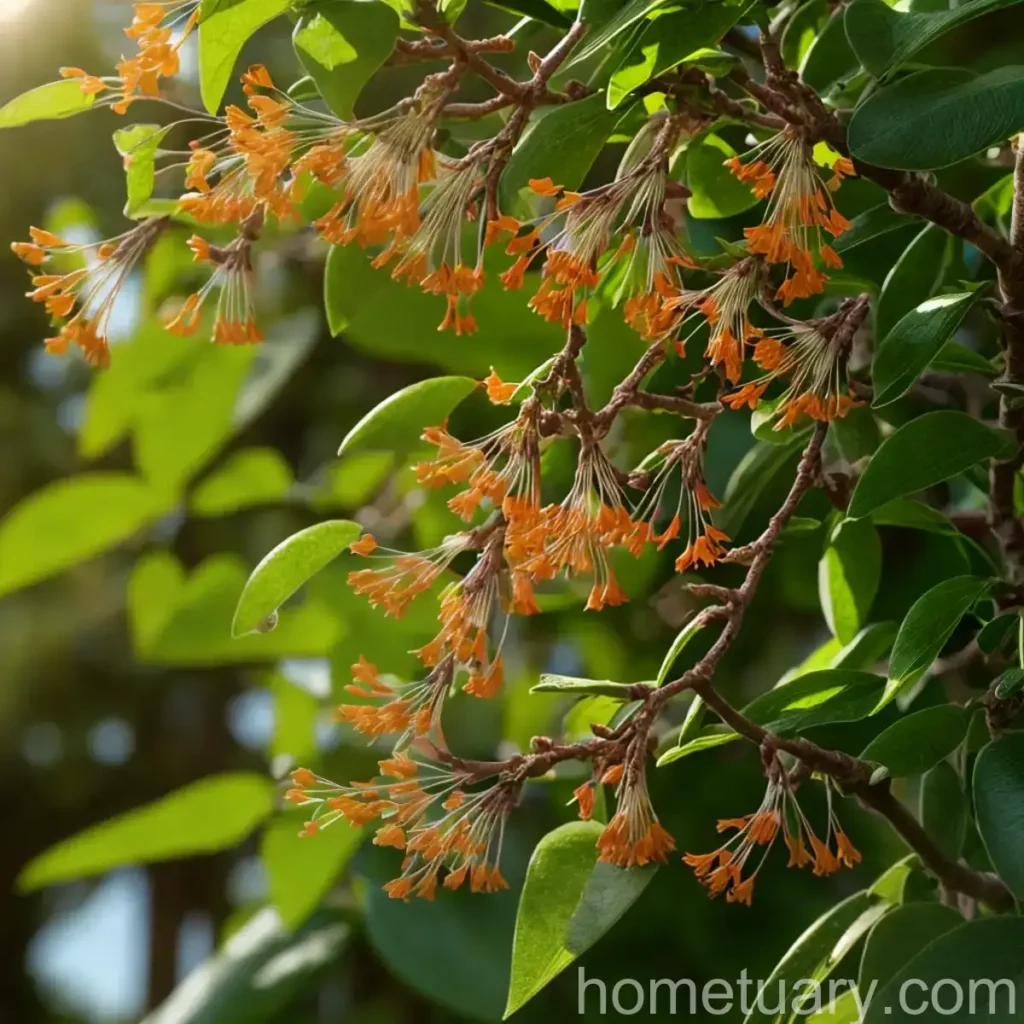All About Bush Honeysuckle (Diervilla lonicera)
Introduction
Plants enhance the beauty of our surroundings and offer a myriad of benefits to the environment. Among the diverse range of plant species, Bush Honeysuckle (Diervilla lonicera) stands out as an attractive and versatile shrub that holds a place of prominence in gardens and landscapes. In this comprehensive guide, we will delve into the various aspects of this remarkable plant, including its care, uses, propagation, common diseases, and more.
What is Bush Honeysuckle (Diervilla lonicera)?
Bush Honeysuckle, scientifically known as Diervilla lonicera, is a deciduous, perennial shrub that belongs to the Caprifoliaceae family. It is native to North America and is widely cherished for its ornamental value and low-maintenance nature. The plant typically features clusters of tubular flowers in vibrant hues, along with lush foliage that adds to its visual appeal.
Key Takeaways
Bush Honeysuckle (Diervilla lonicera)
- Botanical Name: Diervilla lonicera
- Common Name: Bush Honeysuckle
- Family: Caprifoliaceae
Culture
Uses
Bush Honeysuckle is prized for its versatility and is utilized in various capacities:
– Ornamental Purposes: Its attractive flowers and foliage make it an ideal choice for landscaping and garden adornment.
– Wildlife Habitat: The plant is known for attracting pollinators and serving as a habitat for birds and other wildlife.
– Soil Erosion Control: Its dense growth and strong root system make it effective for stabilizing soil on slopes.
Water
- Watering Requirements: Bush Honeysuckle thrives in well-draining soil and prefers moderate moisture levels. It is essential to water the plant deeply but infrequently to encourage deep root development.
Sunlight
- Sun Exposure: This shrub flourishes in partial shade to full sun. However, it is essential to provide some protection from intense afternoon sunlight, especially in warmer climates.
Fertilizer
- Fertilization: A balanced, slow-release fertilizer can be applied in spring to support healthy growth. It is advisable to follow the specific recommendations based on soil composition and the plant’s overall health.
Soil
- Soil Type: Bush Honeysuckle adapts well to a wide range of soil types, including loamy, sandy, or clay soils. However, well-drained, moderately fertile soils are ideal for its optimal growth.
Pruning
- Pruning Techniques: Regular pruning is beneficial to maintain the shrub’s shape, remove dead or diseased branches, and encourage new growth. It is recommended to prune Bush Honeysuckle in late winter or early spring before the onset of new growth.
Propagation
- Propagation Methods: This plant can be propagated through various methods such as softwood cuttings, hardwood cuttings, or division. Each technique has its distinct requirements, and the choice of method depends on the specific circumstances and resources available.
Container Popularity
- Container Gardening: Bush Honeysuckle adapts well to container cultivation, making it suitable for patios, balconies, and other compact spaces. When grown in containers, it is crucial to ensure proper drainage and adequate space for root development.
Common Diseases
Disease Diagnosis
- Common Diseases: Bush Honeysuckle may be susceptible to various diseases such as powdery mildew, leaf spot, and rust. Regular monitoring and prompt action are vital for disease prevention and management.
Common Pests
Pest Control
- Common Pests: Aphids, spider mites, and scale insects are among the common pests that may affect Bush Honeysuckle. Implementing integrated pest management practices and maintaining overall plant health can help mitigate pest issues.
Botanist’s Tips
Fun Facts
- Despite its name, Bush Honeysuckle (Diervilla lonicera) is not a true honeysuckle (Lonicera spp.), but it shares some resemblances with the latter in terms of flower shape and appearance.
Links to External Resources
The above sections provide a holistic overview of various aspects related to Bush Honeysuckle (Diervilla lonicera). Whether you’re an avid gardener, a nature enthusiast, or a professional in the horticulture field, understanding the essentials of this remarkable plant can enrich your knowledge and contribute to its successful cultivation and management.

References:
- Royal Horticultural Society. (n.d.). Diervilla lonicera. Retrieved from https://www.rhs.org.uk/Plants/2779/Diervilla-lonicera/Details
- Ohio State University Extension. (2019). Diervilla Lonicera: Southern Bush Honeysuckle. Retrieved from https://ohioline.osu.edu/factsheet/for-56















